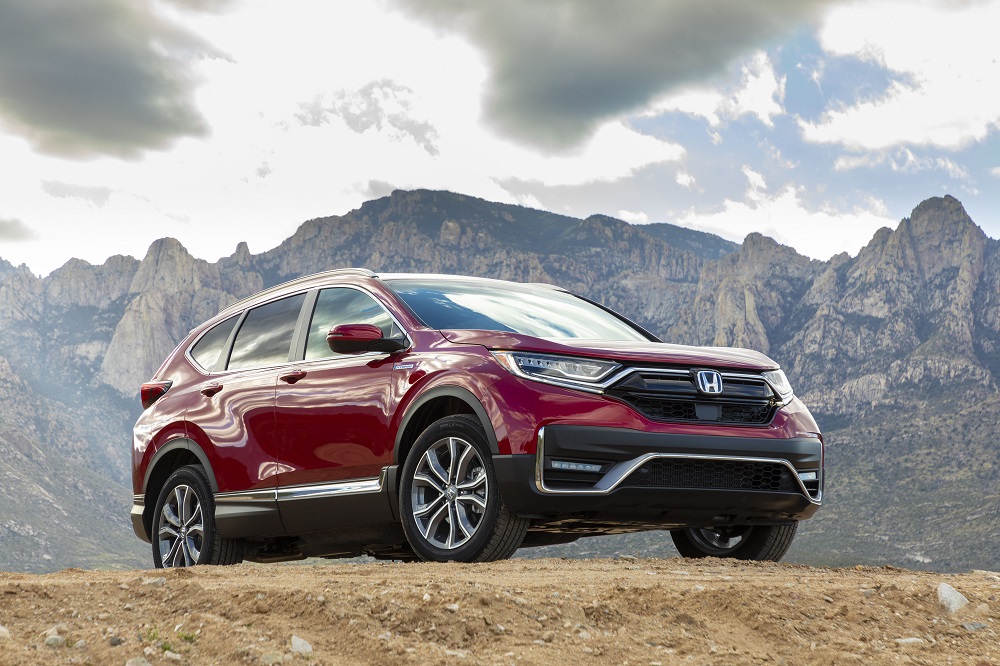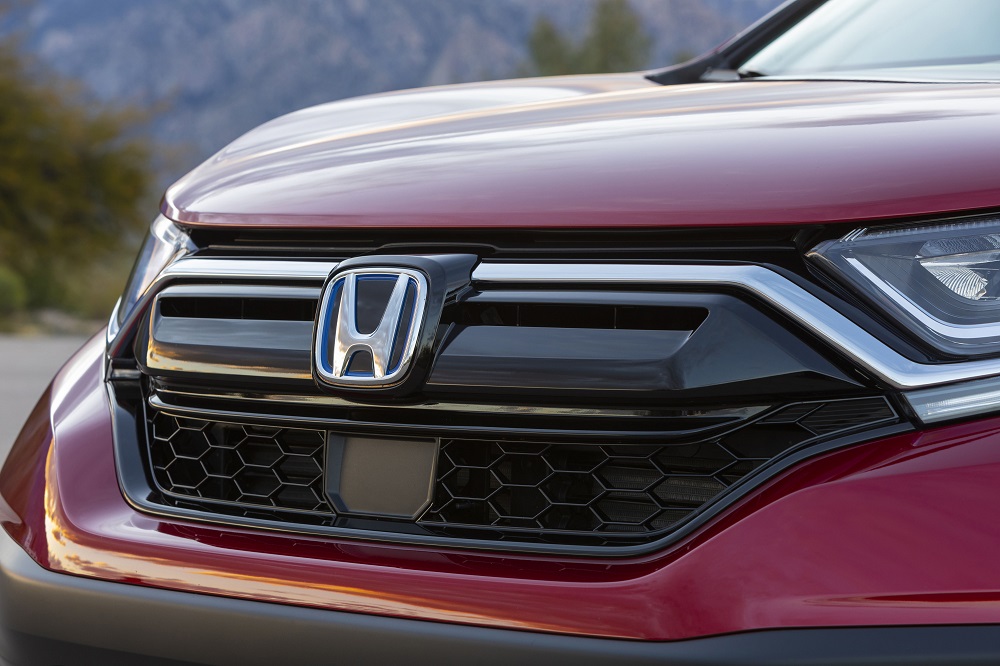Honda Models Have Highest Average Fuel Economy in America
The 2020 EPA Automotive Trends Report shows that Honda is leading full-line automakers in America based on real-world fuel economy and tailpipe CO2 emissions for the 2019 model year, the latest year for which data is available.
Across the whole lineup, Honda vehicles have the highest average fuel economy at 28.9 miles per gallon, exactly 4 mpg more than the industry average. That’s also a 1.9 mpg improvement over Honda’s 2014 average, one of the most substantial improvements over the last five years among all automakers.
Be Efficient: Why you should lease a Honda Civic sedan
Additionally, Honda is ahead in CO2 tailpipe emissions with an average 307 grams emitted per mile, an improvement of 22 grams/mile from the 2014 results and 49 grams/mile better than the industry average.
Tesla technically leads all automakers in both charts, but Honda — and others on the list — are keen to point out that they are “full-line” automakers, unlike Tesla, whose vehicle lineup doesn’t run the whole gamut of all possible vehicle types.
Asia dominates the report’s list of the most efficient brands. Honda leads Hyundai, Subaru, Kia, Mazda, and Nissan. Toyota is the last Asian company featured above the industry average, and no full-line American company is even close to that average. In fact, the 2020 EPA Automotive Trends Report finds that Ford and GM have both regressed since 2014.
More notably, almost all automakers have regressed compared to last year’s report. At the time, Honda had the highest average fuel economy with 30 mpg, and the industry average was 25.1 mpg — more than the 24.9 mpg average in the latest report.
Brand Image: Honda focuses on ruggedness in latest ad campaign

Photo: Honda
Average CO2 emissions across 2019 models have also gone up compared to 2018 models, though not as significantly as fuel economy has gone down. A few manufacturers, including Honda, did manage to make improvements in that area.
The overall regression is mainly down to the vehicle types offered by automakers. The EPA found that since the early 2010s, sedan and wagon production in the United States has declined by about 25 percent, pushed aside primarily by truck-based SUVs. Concurrently, the weight of the average vehicle on the road has also gone up.
In other words, while propulsion methods are getting more and more efficient, Americans are buying the least efficient types of vehicles at higher rates than ever before. It’s no surprise that Ford’s fleet average fuel economy has declined when the automaker killed almost all of its car models to focus on yet more crossovers, SUVs, and pickup trucks.
A little over a year ago, Volvo CEO Hakan Samuelsson suggested that a clean automotive future was being compromised by SUV-crazed customers. The 2020 EPA Automotive Trends Report certainly seems to support his argument.
Kurt Verlin was born in France and lives in the United States. Throughout his life he was always told French was the language of romance, but it was English he fell in love with. He likes cats, music, cars, 30 Rock, Formula 1, and pretending to be a race car driver in simulators; but most of all, he just likes to write about it all. See more articles by Kurt.



